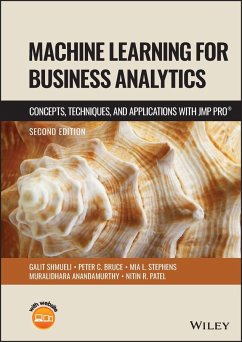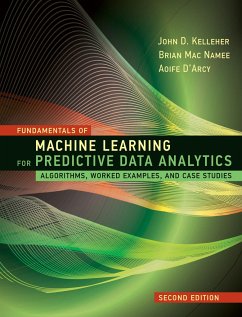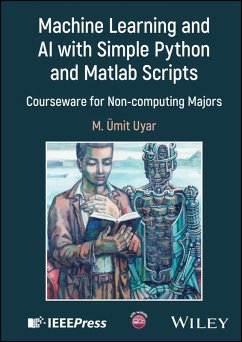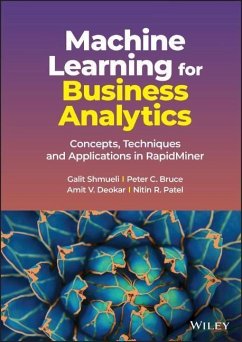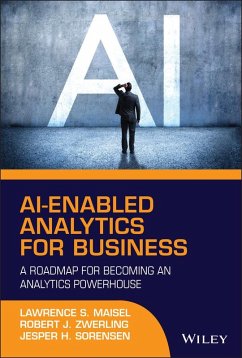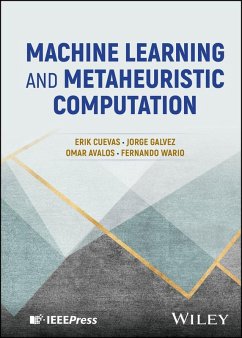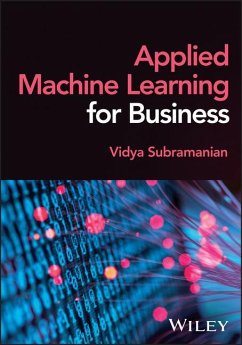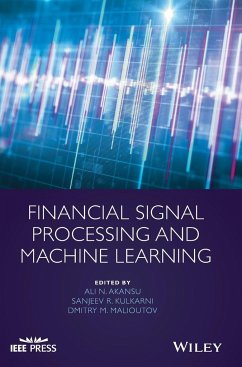
Machine Learning for Business Analytics
Concepts, Techniques, and Applications in Python
Versandkostenfrei!
Versandfertig in über 4 Wochen
126,99 €
inkl. MwSt.
Weitere Ausgaben:

PAYBACK Punkte
63 °P sammeln!
Machine Learning for Business Analytics: Concepts, Techniques, and Applications in Python is a comprehensive introduction to and an overview of the methods that underlie modern AI. This best-selling textbook covers both statistical and machine learning (AI) algorithms for prediction, classification, visualization, dimension reduction, rule mining, recommendations, clustering, text mining, experimentation, network analytics and generative AI. Along with hands-on exercises and real-life case studies, it also discusses managerial and ethical issues for responsible use of machine learning techniqu...
Machine Learning for Business Analytics: Concepts, Techniques, and Applications in Python is a comprehensive introduction to and an overview of the methods that underlie modern AI. This best-selling textbook covers both statistical and machine learning (AI) algorithms for prediction, classification, visualization, dimension reduction, rule mining, recommendations, clustering, text mining, experimentation, network analytics and generative AI. Along with hands-on exercises and real-life case studies, it also discusses managerial and ethical issues for responsible use of machine learning techniques. This is the second Python edition of Machine Learning for Business Analytics. This edition also includes: * A new chapter on generative AI (large language models or LLMs, and image generation) * An expanded chapter on deep learning * A new chapter on experimental feedback techniques including A/B testing, uplift modeling, and reinforcement learning * A new chapter on responsible data science * Updates and new material based on feedback from instructors teaching MBA, Masters in Business Analytics and related programs, undergraduate, diploma and executive courses, and from their students * A full chapter of cases demonstrating applications for the machine learning techniques * End-of-chapter exercises with data * A companion website with more than two dozen data sets, and instructor materials including exercise solutions, slides, and case solutions This textbook is an ideal resource for upper-level undergraduate and graduate level courses in AI, data science, predictive analytics, and business analytics. It is also an excellent reference for analysts, researchers, and data science practitioners working with quantitative data in management, finance, marketing, operations management, information systems, computer science, and information technology.




